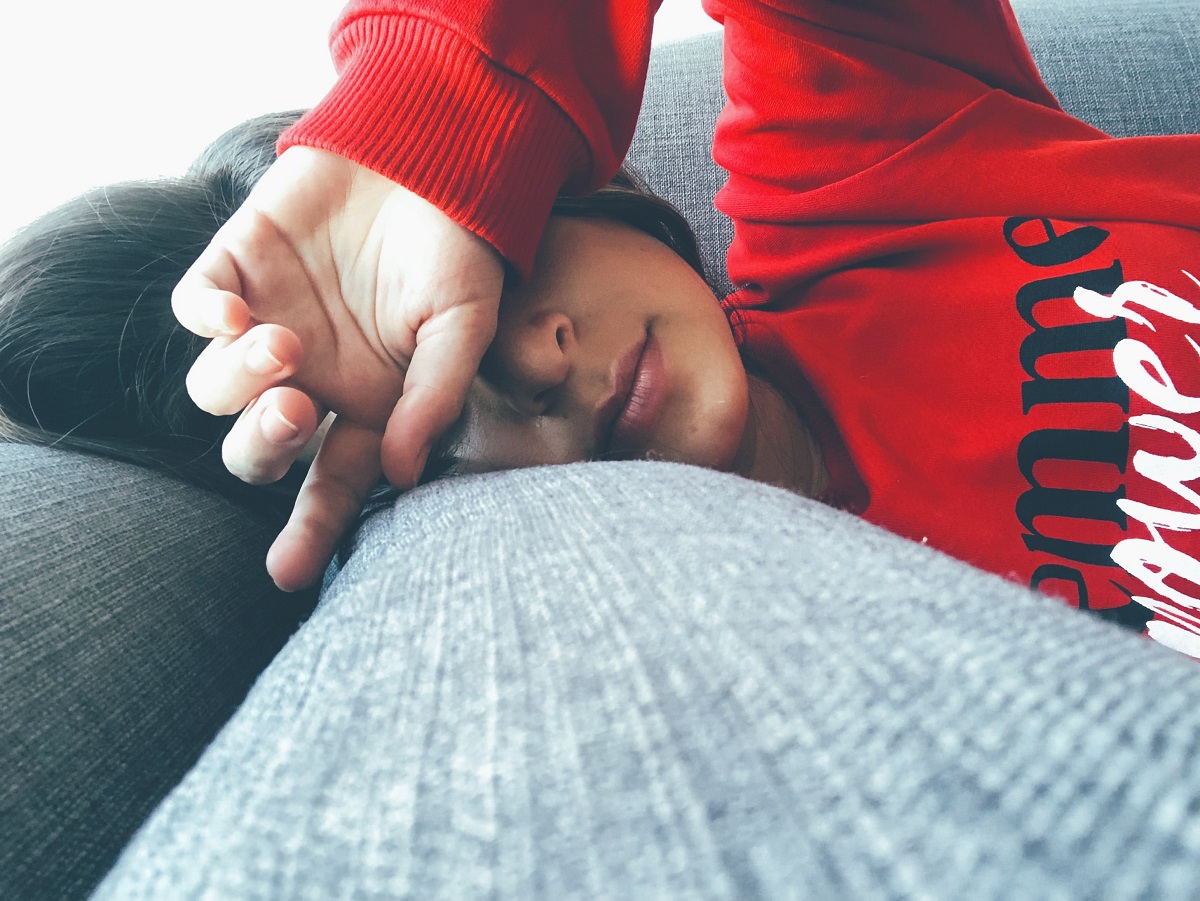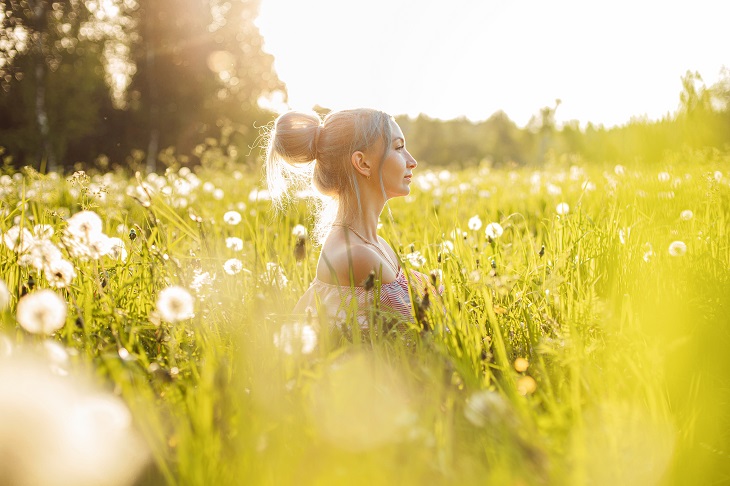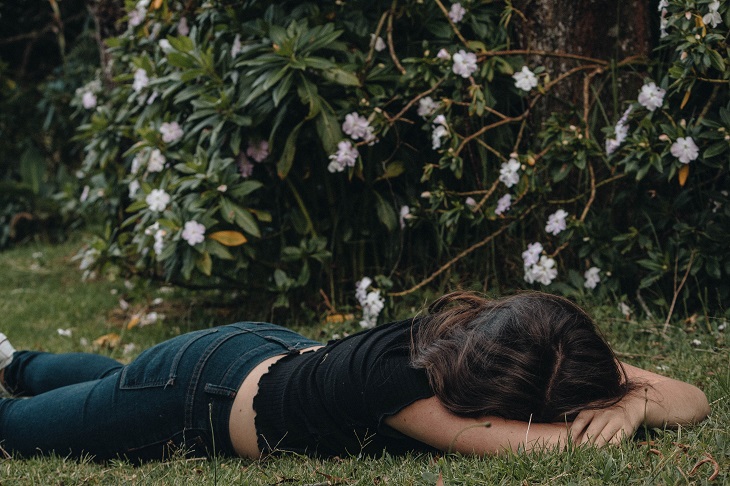THE DAILY DOSE
What Is Spring Fatigue Disorder And How Can You Combat It?

Feeling fatigued is normal for everyone at some points in their lives. Between demanding schedules, inadequate nutrition, and lack of good quality sleep, it’s no wonder that we can get overwhelmed and experience general tiredness.
But when the seasons are changing – from winter to spring in particular – those feelings can creep in with renewed vengeance, causing ongoing fatigue and lethargy. It might be hard to imagine unless you’ve experienced it, because most people are excited to be able to get out and do more when the weather gets warmer. However, there’s a reason why the changing season can lead to these unwanted symptoms, and it’s called spring fatigue disorder. So what is spring fatigue disorder, exactly? And what can you do to alleviate or avoid its symptoms?
What is spring fatigue disorder?
When the cold, dark days of winter begin to change into the longer, warmer days of spring, most people look forward to having more energy, getting outside, and enjoying the new season. Sometimes, though, people can actually experience feelings of fatigue, tiredness, and lethargy. Other symptoms that may occur are similar to Seasonal Affective Disorder (SAD), and include depression, dizziness, and headaches. These symptoms are not uncommon, with many people experiencing the physiological changes the body goes through during this season transition. This is what is known as spring fatigue disorder.
The disorder itself is not categorized as a medical or psychological disorder; however, that doesn’t mean it isn’t real or doesn’t cause symptoms. Some people may refer to spring fatigue disorder as reverse seasonal affective disorder, but reverse seasonal affective disorder typically occurs in the summer months. There are many reasons why a person may experience spring fatigue that have nothing to do with mental state. They are more so attributed to physiological changes in the body.
What causes spring fatigue?
One of the main causes of spring fatigue disorder has to do with daylight savings time. Daylight savings time occurs in many of areas of the world, and involves clocks being turned forward an hour in the spring, resulting in more daylight and a loss of an hour that first day. This small time change may seem insignificant, but that one-hour difference can have a big effect on the body. On the first night of daylight savings, people typically lose an hour of sleep. It also results in less light in the morning, which can affect how people wake up. This adjustment to less daylight in the morning and a lost hour of sleep can last a week or more.
Another reason that spring fatigue happens is because of seasonal allergies. When flowers begin to bloom and pollen counts become higher, people with seasonal allergies begin to experience symptoms such as congestion and itchy eyes. Other symptoms that have been associated with seasonal allergies include general fatigue and mood changes. These allergy symptoms can make it more difficult to sleep at night, which leads to tiredness the next day. The combination of seasonal allergies and the adjustment to daylight hours, along with a thrown-off sleep schedule, can lead to spring fatigue disorder.
How do you deal with spring fatigue?
For those who suffer from spring fatigue, it can be difficult to cope with the symptoms of lethargy and tiredness. Since there is nothing a person can do about daylight savings time in their area, it can be hard to avoid that first change that causes effects to their sleeping schedule and thus their overall levels of alertness throughout the day.
To help combat springtime fatigue that is caused by daylight savings time, you can adjust your sleep schedule ahead of time. By establishing a good bedtime routine, you can help your body adjust better to the change and be prepared for it when it comes. To help your body’s natural cycle adjust to daylight savings time, it might also be helpful to spend some time outside in the natural light, which can help to recalibrate your sleep-wake cycle.

Exercise has been proven to help with fatigue. And with the warmer weather, it’s also easier to exercise outdoors. Getting adequate exercise is important all year round, but if you suffer from spring fatigue, it can help to improve your mood and enable you to get better-quality sleep. When your mood is lifted and you are having better sleep, you will feel less tired throughout the day.
When it comes to seasonal allergies, medications can be taken to help combat the symptoms. Antihistamines can be found over the counter or through a prescription, and can help relieve congestion and other symptoms of allergies so you can get a better night’s rest and feel more alert the next day. To help combat seasonal allergies in your home, you can keep allergens out by closing windows and doors and turning the AC on to reduce pollen exposure.
Spring fatigue remedies
Aside from spending more time outdoors or treating your seasonal allergies, there are other ways you can combat spring fatigue. Since diet plays a large role in energy levels, eating a diet rich in nutrients from seasonal vegetables can help to combat tiredness. Staying hydrated is also key when it comes to spring fatigue. The increased light that happens when the days get longer in the spring can cause headaches, which can often be relieved by drinking plenty of water and staying hydrated. Hydration has also been shown to help remedy general fatigue.
If you suffer from spring fatigue disorder, it might be difficult to combat the feelings and symptoms that you are experiencing (especially when everyone else seems to be enjoying the seasonal change). However, there are ways to cope with the disorder, and it typically only lasts a short time.
